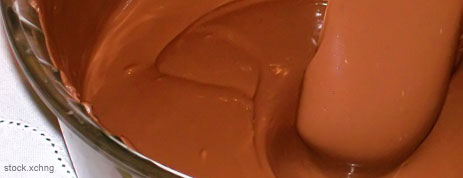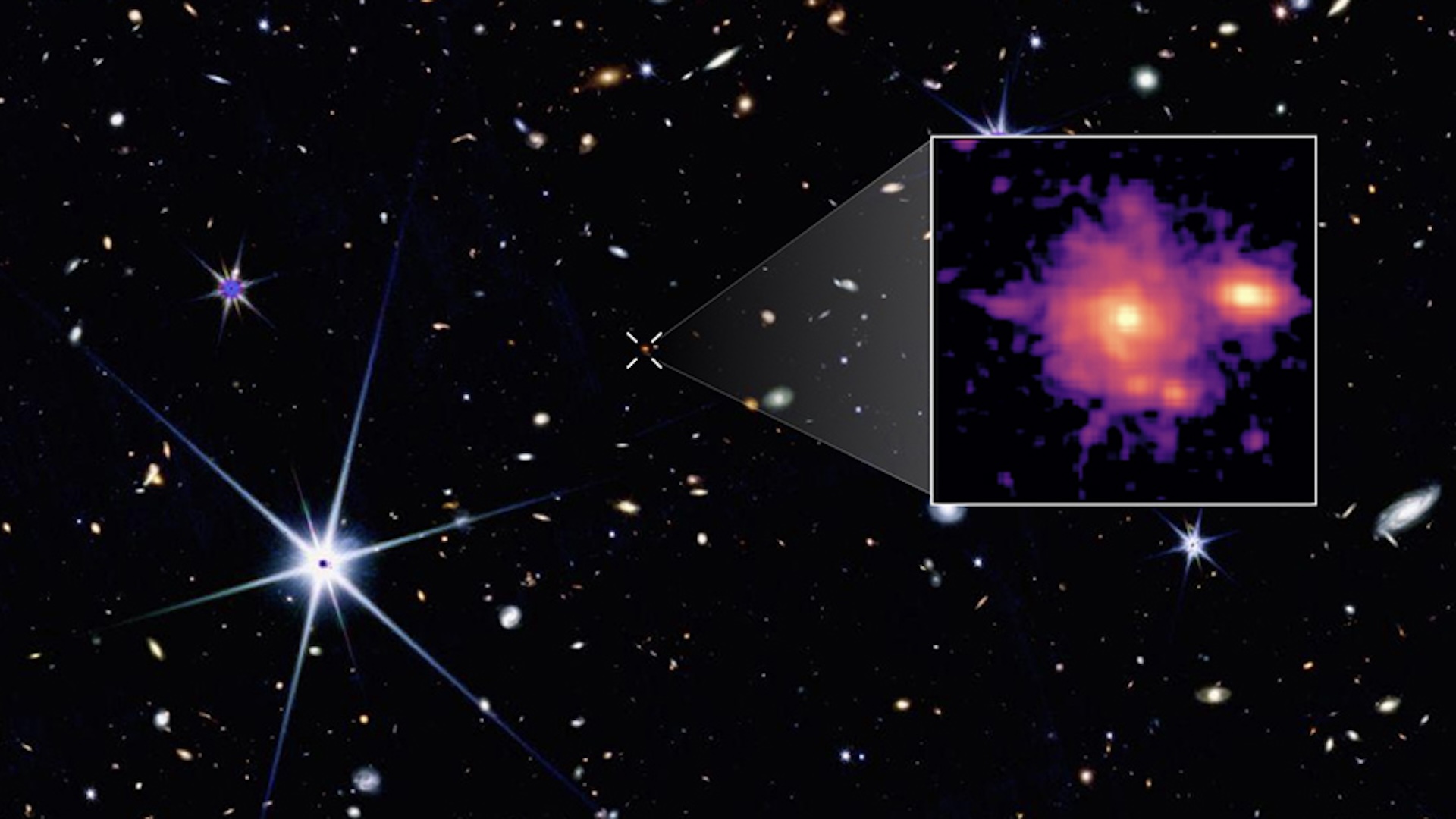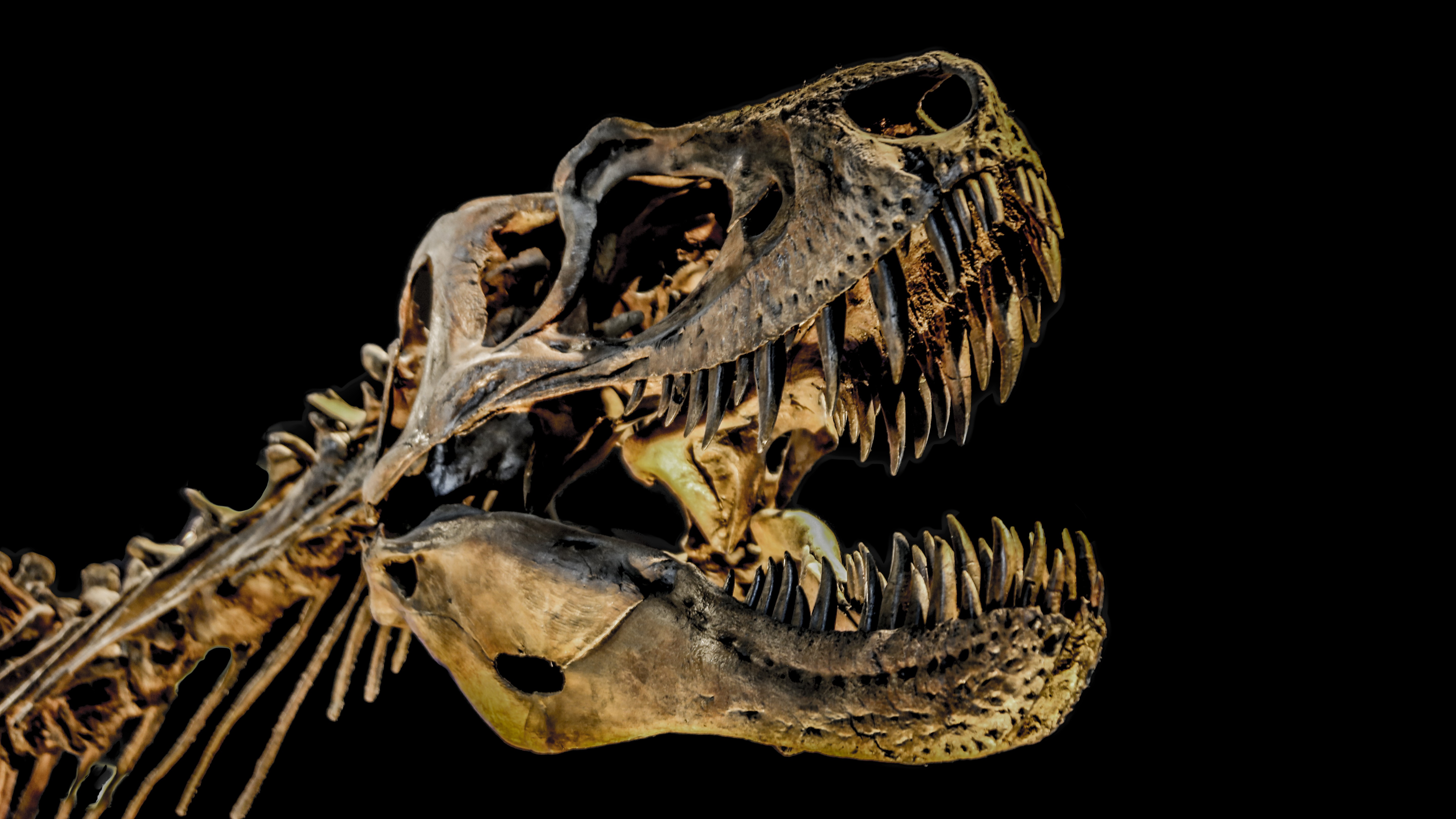The Dawn of Chocolate Discovered

Long before the Aztecs and other early Americans introduced chocolate to the world, ancient civilizations used cacao, the source of chocolate, to make a completely different tasty treat.
In fact, new evidence from pottery shards shows that cacao was in use much longer than previously thought.
Cacao beans, which come from the football-shaped pods of the cacao tree, have been used to make cocoa and chocolate for well over a thousand years.
Ancient Mesoamerican cultures prized the beans—they were even used as a form of currency by the Aztecs.
Many Mesoamerican cultures, including the Aztecs, fermented the beans, dried them, ground them up and mixed them with water to make a thick, bitter drink (called chocolatl) that was integral to many social and ritual occasions, such as marriages and births.
While excavating a site in what is now Puerto Escondido, Honduras, researchers recently found pottery shards bearing residues of theobromine, a chemical compound with properties similar to caffeine and that is found only in the cacao plant.
Some of the shards, which came from carefully decorated bowls, jars and bottles, date from between 1100 to 900 B.C. and 1400 to 1100 B.C., extending the known use of cacao 500 years further into the past.
Sign up for the Live Science daily newsletter now
Get the world’s most fascinating discoveries delivered straight to your inbox.
The ability to find evidence of the residues was a huge step, said lead researcher John Henderson of Cornell University. Previously, only residues from intact, unbroken pottery preserved in tombs had been identified.
Henderson says it is likely that cacao was used even before 1400 B.C., and he and his colleagues plan to test earlier pottery pieces to determine how far back it was used and how widespread it was.
Unlike the bitter drink made by the Aztecs and their contemporaries from the bitter cacao seeds, the drink used by these earlier Mesoamerican communities was fermented from the fruity white pulp that surrounds the seeds in the pod, called chicha, said Henderson and his colleagues.
Chicha has about 5 percent alcohol and the effervescence of beer, but with an unusual, slightly sweet taste. "It doesn’t taste like anything else," Henderson said.
It's impossible to tell for sure whether the newly discovered residue came from the pulp or the seeds, because theobromine occurs in both, but the study authors say they think it is likely that early Americans used the pulp of the cacao pod before they developed the fermentation process for the seeds.
While cacao beverages would not have been limited to aristocrats in this early community, the beverage likely was still a symbol of status and power that contributed to the emergence of elites in later societies, the authors write in the Nov. 12 issue of the journal Proceedings of the National Academy of Sciences.
"It would have been a mark of distinction," Henderson said. Like the later chocolatl, chicha would also have been served at special occasions.
"That’s what you served to impress the guests," Henderson said.
- Video: A Chocolate A Day…
- Top 10 Bad Things That Are Good For You
- Nutrition Quiz

Andrea Thompson is an associate editor at Scientific American, where she covers sustainability, energy and the environment. Prior to that, she was a senior writer covering climate science at Climate Central and a reporter and editor at Live Science, where she primarily covered Earth science and the environment. She holds a graduate degree in science health and environmental reporting from New York University, as well as a bachelor of science and and masters of science in atmospheric chemistry from the Georgia Institute of Technology.









